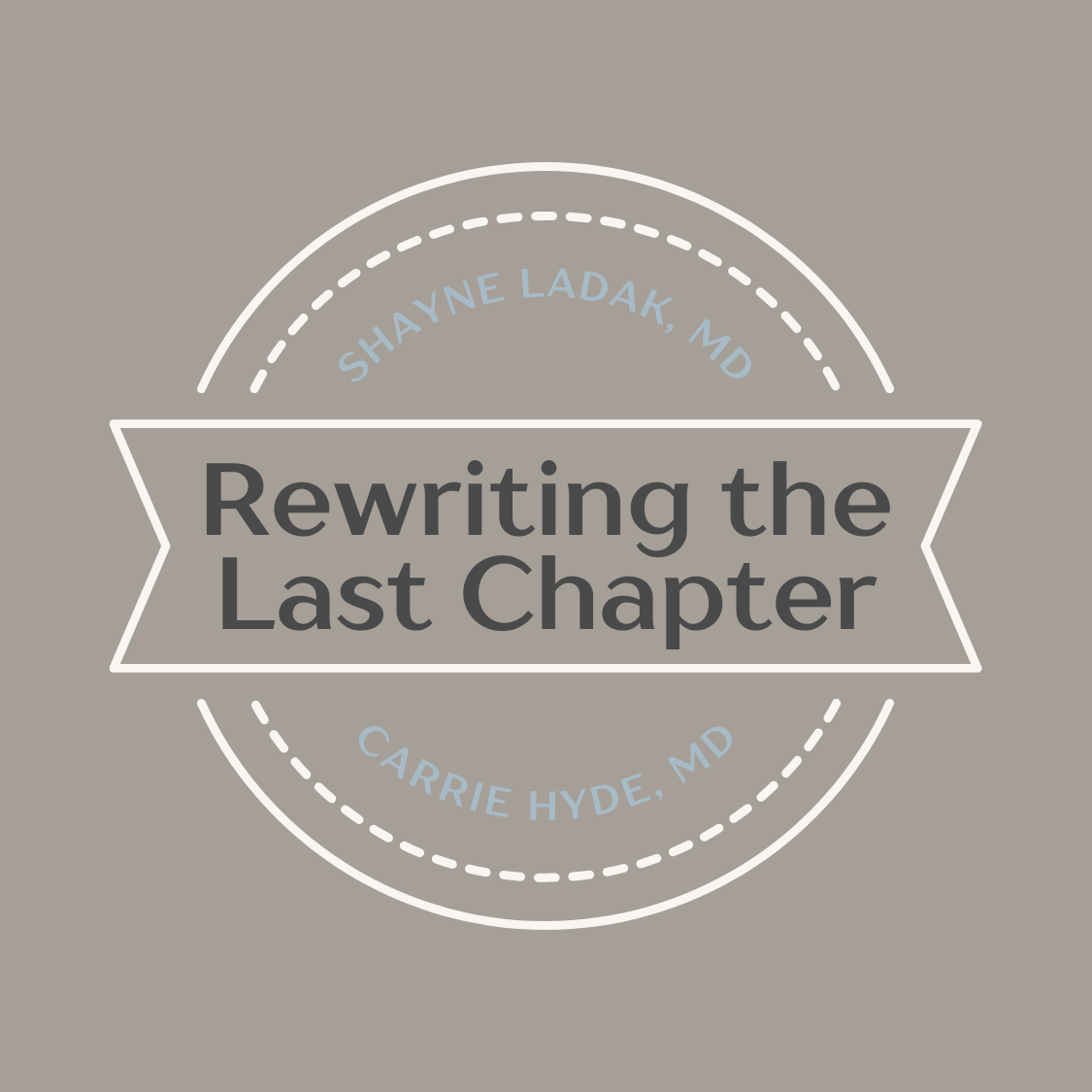Silent Strokes, Sleep Apnea, and Vascular Dementia: Lessons for Palliative Care Providers

Introduction
As palliative care providers, we often encounter patients whose decline seems sudden or inexplicable. A seemingly healthy older adult—with normal cholesterol, reasonable blood pressure, and an active lifestyle—may present with memory lapses, slowed thinking, or difficulties with daily tasks. When imaging reveals extensive white matter changes and countless microstrokes, we are reminded that vascular dementia can progress silently for years, often fueled by overlooked risk factors. One such factor is sleep apnea, a condition many patients normalize as “just snoring.” Yet untreated, it can trigger hypoxia, hypertension, inflammation, and cerebrovascular damage. This case highlights how decades of untreated sleep apnea contributed to devastating cognitive impairment, and how recognition—even late in the disease course—can change the trajectory.
Vascular Dementia in Action
The patient presented at age 72 with new-onset financial mismanagement, which was striking given her lifelong meticulousness. Cognitive testing revealed preserved memory but slowed processing speed, impaired attention, and inconsistent focus, a profile consistent with vascular dementia in which executive dysfunction predominates over memory loss in the early stages. MRI imaging revealed extensive white matter hyperintensities—thousands of tiny bright spots, each representing a silent microscopic stroke that had accumulated over a decade, gradually eroding her cognitive reserve.
The Hidden Culprit: Sleep Apnea
Despite appearing healthy, the patient’s untreated sleep apnea had gone unaddressed for two decades. Each apneic event caused oxygen desaturation, sympathetic surges, and transient hypertension, all of which silently damaged her cerebral microvasculature. Sleep apnea contributes to vascular injury through intermittent hypoxia leading to neuronal injury and oxidative stress, blood pressure surges causing endothelial dysfunction, chronic inflammation damaging microvasculature, and elevated stress hormones that sustain vascular strain. Over time, these processes created the perfect storm for vascular cognitive decline.
The Perfect Storm of Risk Factors
Although no single risk factor was extreme, their cumulative effect proved catastrophic. She had untreated sleep apnea, borderline hypertension that was never managed, prediabetes with an A1c of 6.2, and a strong family history of stroke. Her otherwise “normal” labs and vital signs reassured her providers but masked the underlying cerebrovascular risk. This underscores the importance of holistic risk assessment, looking beyond numbers on a lab slip.
Missed Opportunities in Primary and Palliative Care
This case also illustrates how opportunities for prevention were missed. Snoring was normalized and never investigated. Borderline blood pressure was not aggressively managed. Subtle cognitive changes were attributed to aging. For palliative care teams, this is a reminder to integrate sleep health into cognitive and vascular risk assessments, even when dementia is already present. Simply asking about snoring, witnessed apneas, and sleep quality can open the door to interventions that may alter the disease trajectory.
Intervention and Stabilization
Once identified, intervention began. CPAP therapy normalized oxygenation overnight, improved sleep quality, and reduced blood pressure. Antihypertensives were initiated, diabetes prevention strategies were reinforced, and stroke prevention measures were added. While the existing brain damage was irreversible, these steps stabilized cognition and prevented further strokes over two years of follow-up. For both patient and family, this stabilization was meaningful and reassuring.
Implications for Palliative Care Practice
The implications for palliative care practice are clear. Loud snoring, daytime fatigue, or “borderline” metabolic findings should not be dismissed in older adults with cognitive concerns. Asking about sleep patterns is a low-cost, high-yield screening tool. Families often recognize signs long before providers do—such as unpaid bills, increased forgetfulness, or loud snoring—and encouraging them to share these details can accelerate diagnosis. Palliative providers must also balance realism with hope, acknowledging irreversible damage while highlighting interventions that can stabilize decline. Finally, prevention begins decades earlier, and clinicians have a role in educating communities that sleep apnea, prediabetes, and hypertension are far from benign.
Vascular dementia often presents with executive dysfunction before memory loss. Sleep apnea is an underrecognized but modifiable contributor to cerebrovascular injury. “Borderline” findings, such as labs and blood pressure, can still drive long-term brain damage. Even late interventions, such as CPAP, can improve quality of life and prevent further progression. Palliative care teams have a vital role in education, early recognition, and stabilizing decline.
Key Takeaways
- Vascular dementia often presents with executive dysfunction before memory loss.
- Sleep apnea is an underrecognized but modifiable contributor to cerebrovascular injury.
- “Borderline” findings (labs, blood pressure) can still drive long-term brain damage.
- Even late interventions—like CPAP—can improve quality of life and prevent progression.
- Palliative care teams have a vital role in education, early recognition, and stabilizing decline.
Conclusion
Vascular dementia is not inevitable. With earlier recognition and aggressive management of sleep apnea and vascular risk factors, countless cases could be prevented. For palliative care providers, this case underscores the power of vigilance: what looks like “normal aging” may in fact be the early warning sign of silent strokes. By listening closely to patients and families, and acting on subtle clues, we can meaningfully alter the course of dementia care.
References
Iadecola C, Duering M, Hachinski V, Joutel A, Pendlebury ST, Schneider JA, Dichgans M. Vascular Cognitive Impairment and Dementia: JACC Scientific Expert Panel. J Am Coll Cardiol. 2019 Jul 2;73(25):3326-3344.
Gottesman RF, Albert MS, Alonso A, Coker LH, Coresh J, Davis SM, Deal JA, McKhann GM, Mosley TH, Sharrett AR, Schneider ALC, Windham BG, Wruck LM, Knopman DS. Associations Between Midlife Vascular Risk Factors and 25-Year Incident Dementia in the Atherosclerosis Risk in Communities (ARIC) Cohort. JAMA Neurol. 2017 Oct 1;74(10):1246-1254.
Debette S, Markus HS. The clinical importance of white matter hyperintensities on brain magnetic resonance imaging: systematic review and meta-analysis. BMJ. 2010 Jul 26;341:c3666.
Prins ND, Scheltens P. White matter hyperintensities, cognitive impairment and dementia: an update. Nat Rev Neurol. 2015 Mar;11(3):157-65.
Yaffe K, Laffan AM, Harrison SL, Redline S, Spira AP, Ensrud KE, Ancoli-Israel S, Stone KL. Sleep-disordered breathing, hypoxia, and risk of mild cognitive impairment and dementia in older women. JAMA. 2011 Aug 10;306(6):613-9.
Leng Y, McEvoy CT, Allen IE, Yaffe K. Association of Sleep-Disordered Breathing With Cognitive Function and Risk of Cognitive Impairment: A Systematic Review and Meta-analysis. JAMA Neurol. 2017 Oct 1;74(10):1237-1245.
Richards KC, Gooneratne N, Dicicco B, Hanlon A, Moelter S, Onen F, Wang Y, Sawyer A, Weaver T, Lozano A, Carter P, Johnson J. CPAP Adherence May Slow 1-Year Cognitive Decline in Older Adults with Mild Cognitive Impairment and Apnea. J Am Geriatr Soc. 2019 Mar;67(3):558-564.
Brendan P. Lucey, Sleep Alterations and Cognitive Decline, Seminars in Neurology 2025; 45(03): 333-347.





